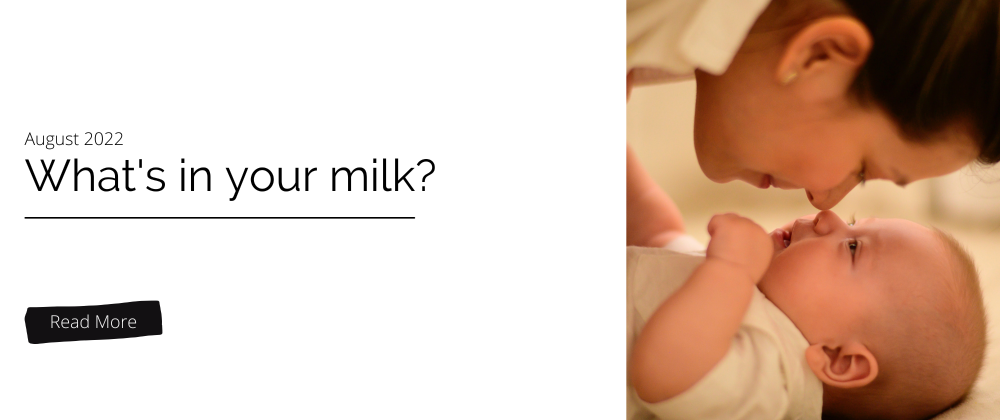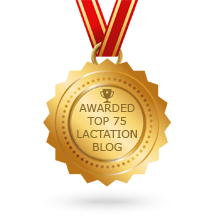What's in your breast milk?
Posted on

Have you ever wondered what your breast milk is made up of?
Breast milk is the gold standard of nutrition for infants. Years of research have helped us better understand the complexities of breast milk and we're starting to understand WHY it is so beneficial for infants; but there’s still a lot we don’t know as it's complex stuff and research is always ongoing.
Typically the approximate composition of breast milk is 87% water, 7% lactose, 4% fat, and 1% protein. The fat and lactose (a type of carb/sugar) provide most of the energy in breast milk which is exactly what your baby needs! However, breast milk is also a dynamic, adaptable food so its composition can change throughout a feed, through the day and also over time.
When you first start to breastfeed your body will produce colostrum this is the name given to the early milk your breasts produce after your baby’s birth. You might have even leaked a little from your breasts during the latter stages of pregnanvy. This thick, sticky breast milk is often called ‘liquid gold’, not just because of its yellow or orangey colour, but because it’s so important for nourishing and protecting your vulnerable newborn. At first you’ll produce very small amounts – just 40 to 50 ml (1.4 to 1.8 fl oz) over 24 hours– but as your baby’s stomach is only the size of a marble, that’s all they need. Colostrum is also very easy to digest. And what it lacks in quantity it makes up for in quality as it's higher in antibodies and white blood cells to help protect your newborn from infections.
Over the following few days your body will increase milk production and your milk will evolve from colostrum to transitional milk. It becomes creamier in colour and texture, and also higher in fat, calories and lactose (a natural sugar), making it the ideal food for your growing newborn.
By the time your baby is one month old you'll be producing what's known as mature milk buy the exact composition can still adapt and evolve to your baby's needs. For example it's fattier in the afternoon and evening than in the morning. It also varies during a feed so when the baby latches onto the breast, the first gush of milk, or foremilk, is thin and high in lactose, making it thirst-quenching and easy to drink. The so-called hindmilk that follows is creamier and fattier, making it more filling. This dynamic aspect is one reason why breast milk is hard to replicate, despite considerable advances in the quality of infant formula. If you or your baby are ill, your body will make antibodies to fight that particular illness, which become part of your milk. And, remarkably, as your baby begins exploring the world and putting toys in her mouth, the level of protective bacteria-fighting enzymes in your milk rises.
Sources Medela, NHS, NCT, Family and Co Nutrition,



Add a comment: